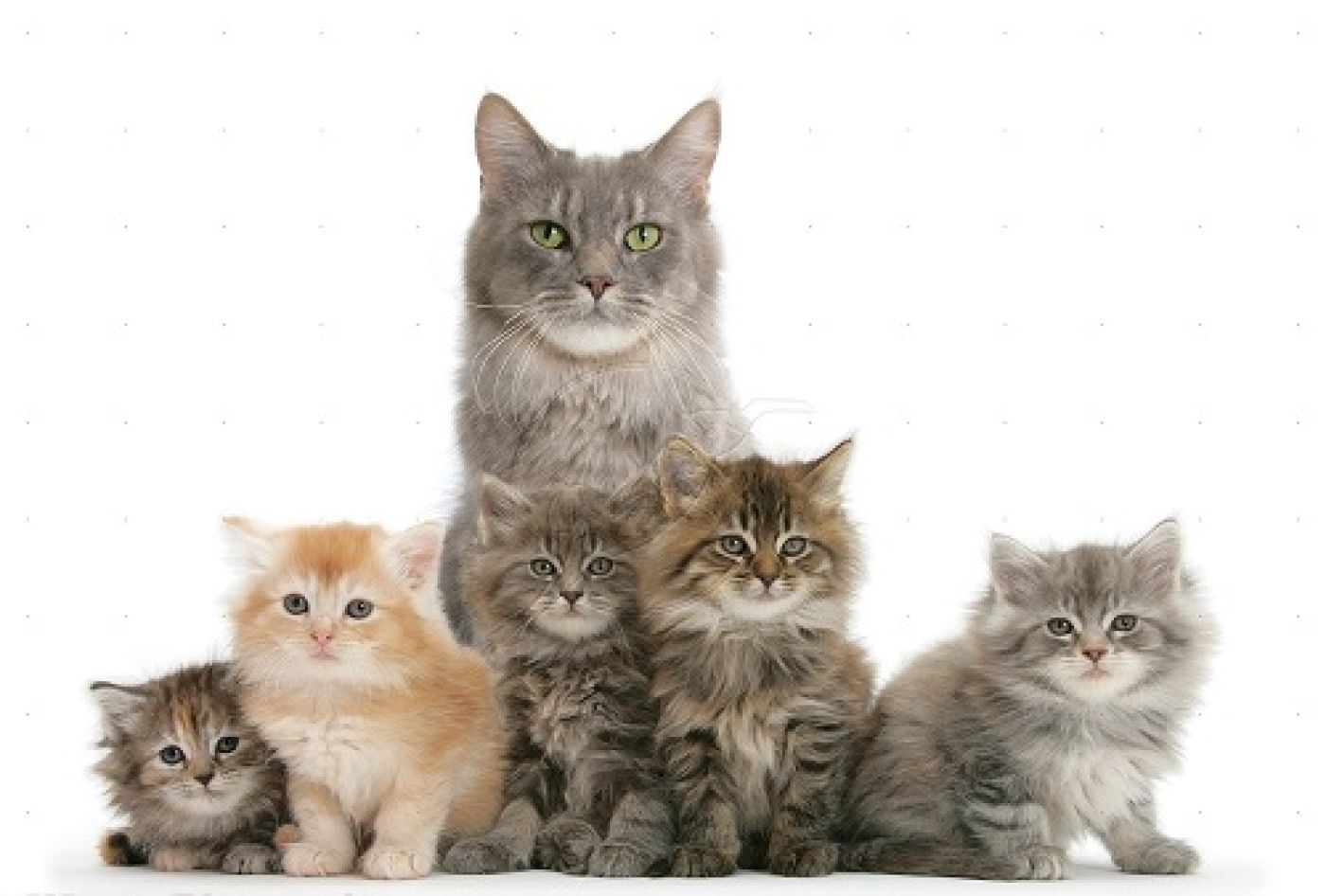Why Do Cat's Pur?

We all love the sound of a contented cat purring away on our laps, but did you know cats also purr to communicate other needs and emotions? Purring is not only a method of happy communication but also a defence mechanism cats use to help calm themselves in stressful or frightening situations.
A mother cat will often purr during labour to relieve her pain and discomfort. She may continue to purr after her kittens are born to lead them to her teats for nursing and to reassure them.
Kittens are born blind and deaf but their mother teaches them to purr when they are only a few days old. It is thought this purring may be both an early bonding mechanism and a way for the kittens to communicate through their purring vibrations.
Not every cat purrs, but those that do, each have a unique purring pattern-some sound like they’re whispering while others turn up the volume regardless of their size. Scientists believe all domestic cats vibrate in a low frequency range of 25-150 Hertz. A cats purring may also help to ease breathing, build muscle, repair soft tissue injuries and reduce pain and swelling in their body.
They also purr for other reasons-when grooming themselves or other cats in a social context, when greeting each other or catnapping with friends. Many will also purr when they want food, but this may be the art or purr-suasion!
Cats are thought to dramatically exaggerate their purring vocalisation around owners as it proves effective in generating a response from humans. In other words, they know how to work us as owners, for their benefit and we seem to give in constantly. Now that we know this, shall we be stronger next time? Probably not.



